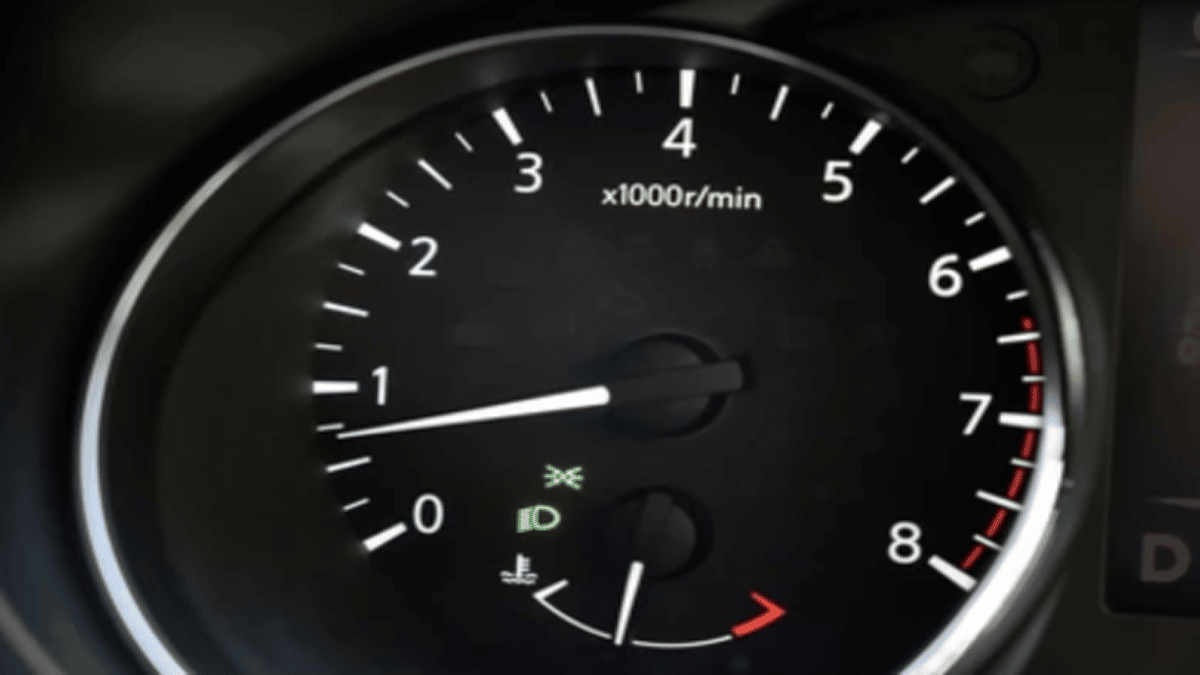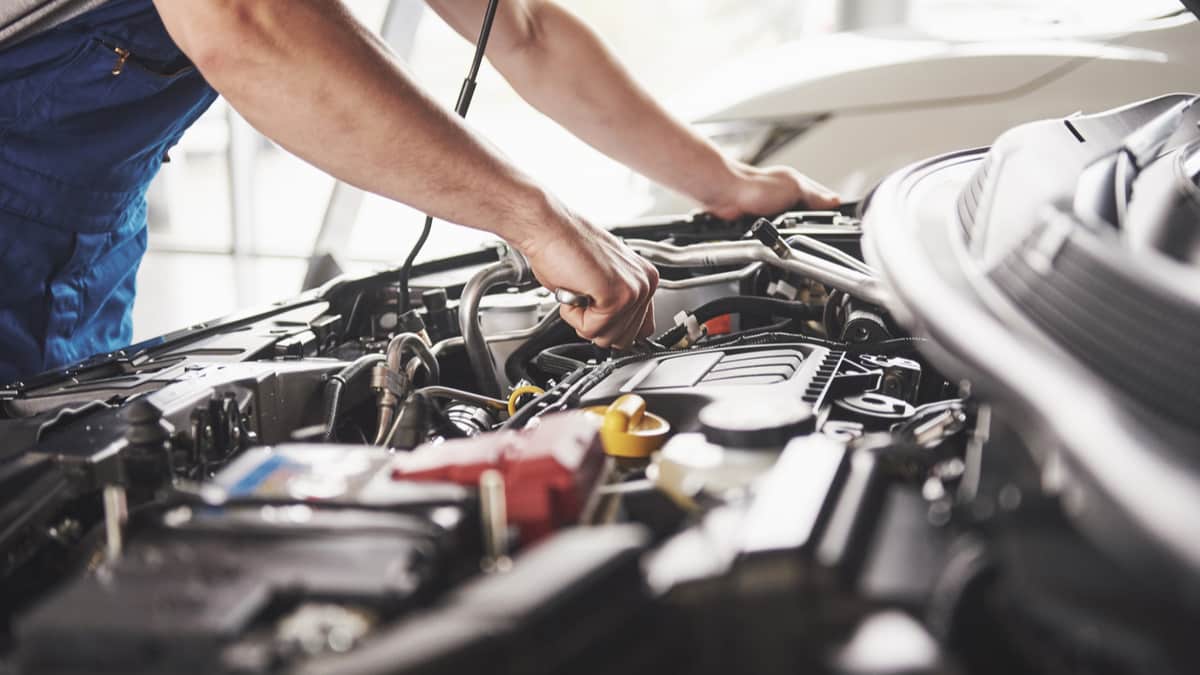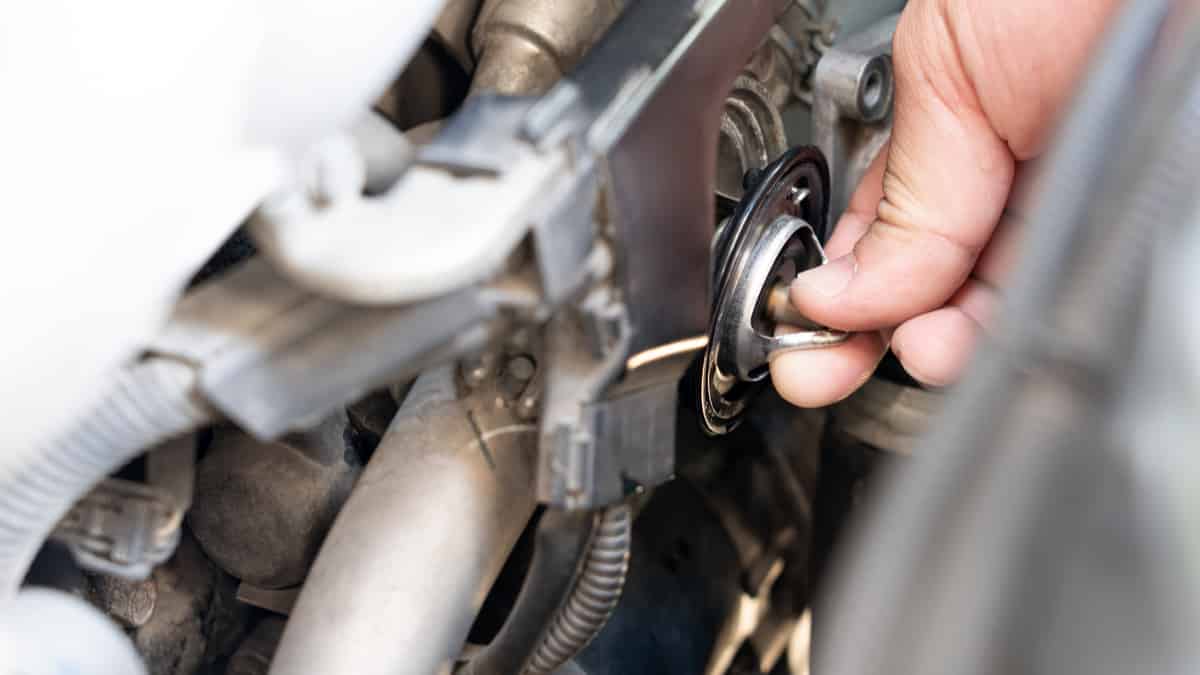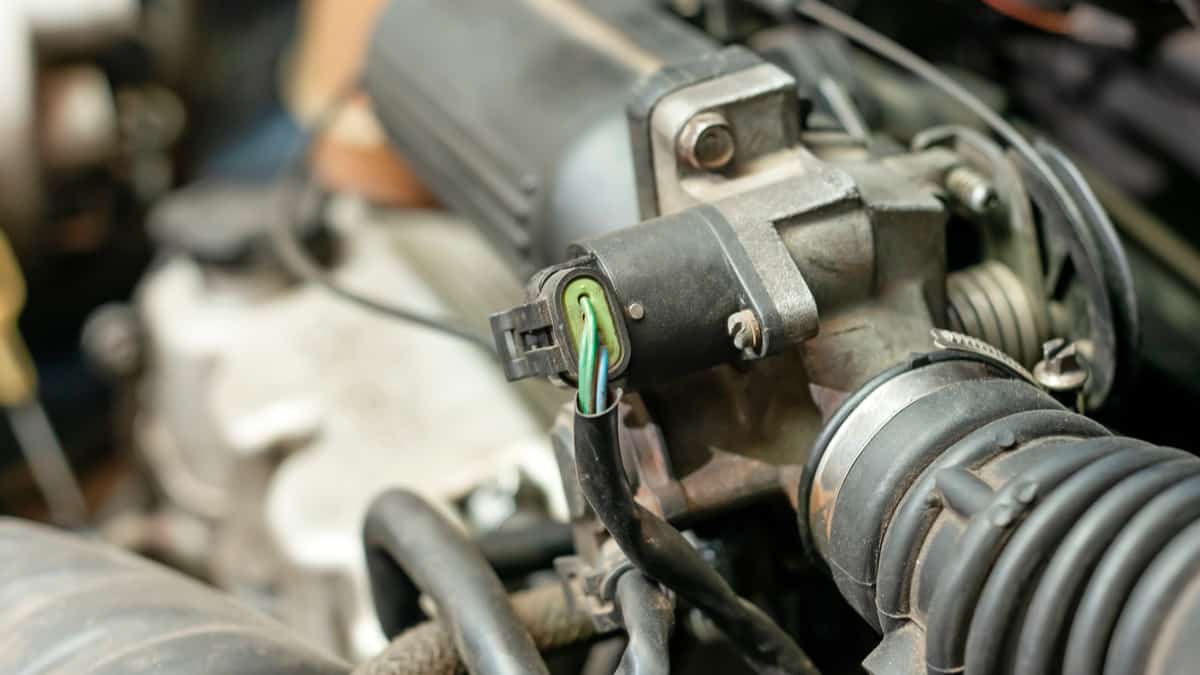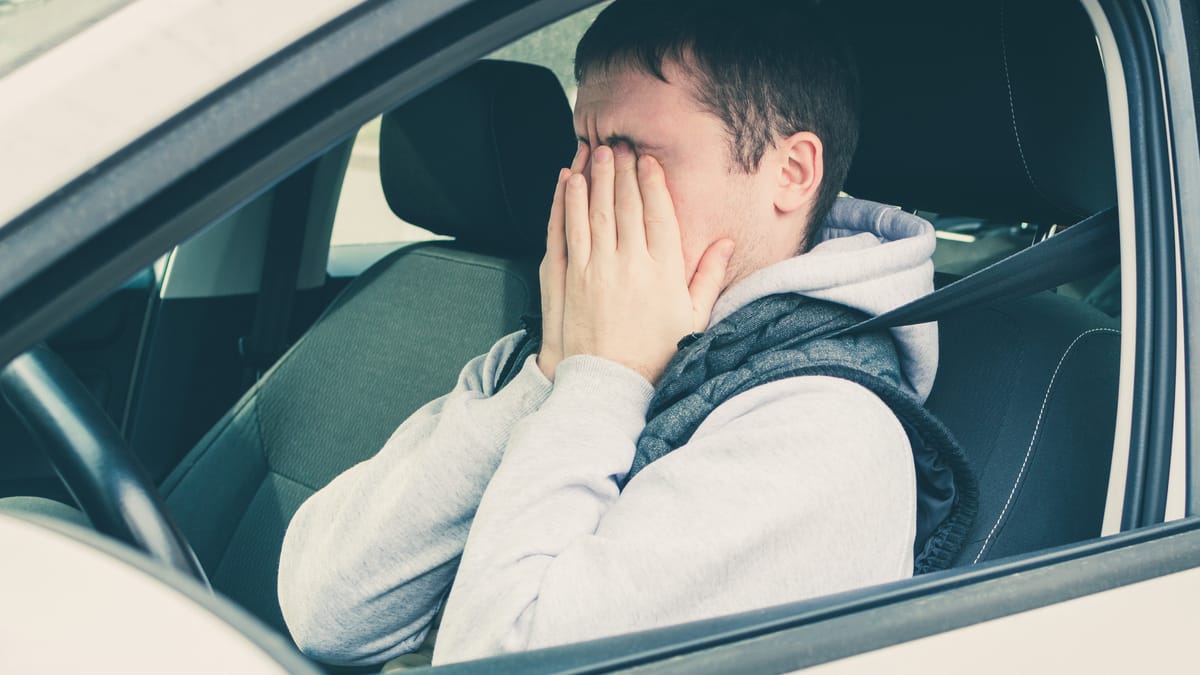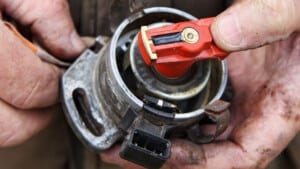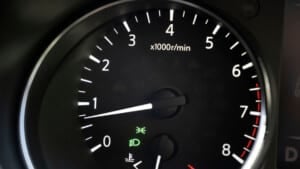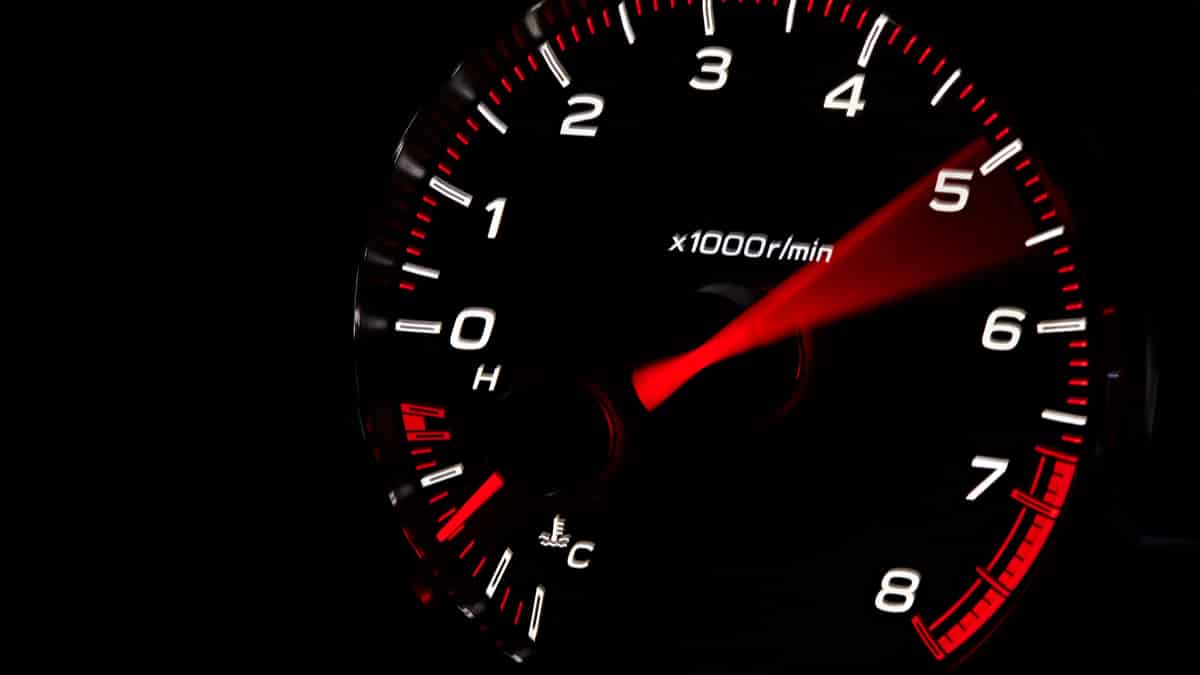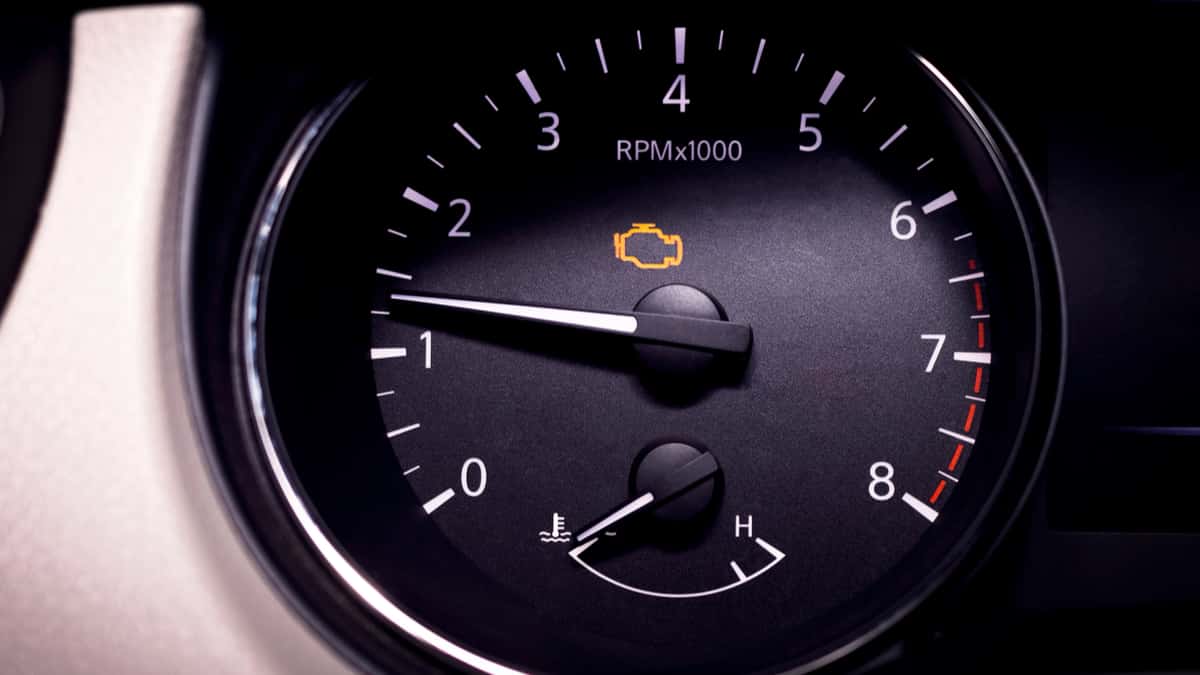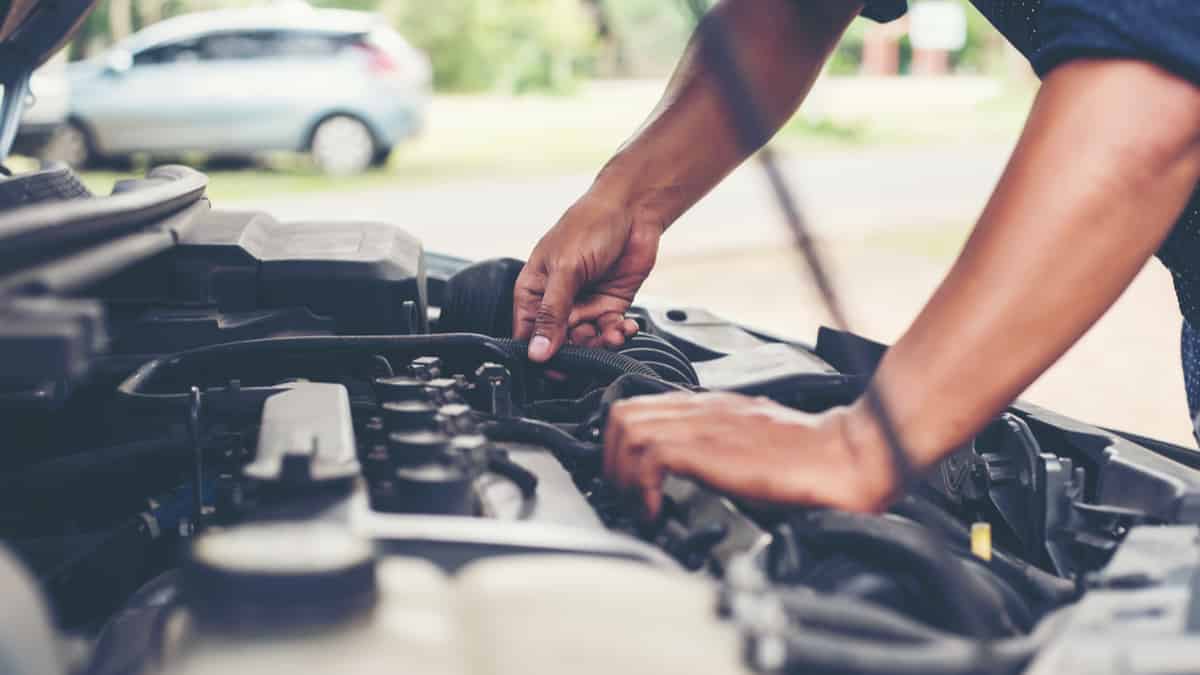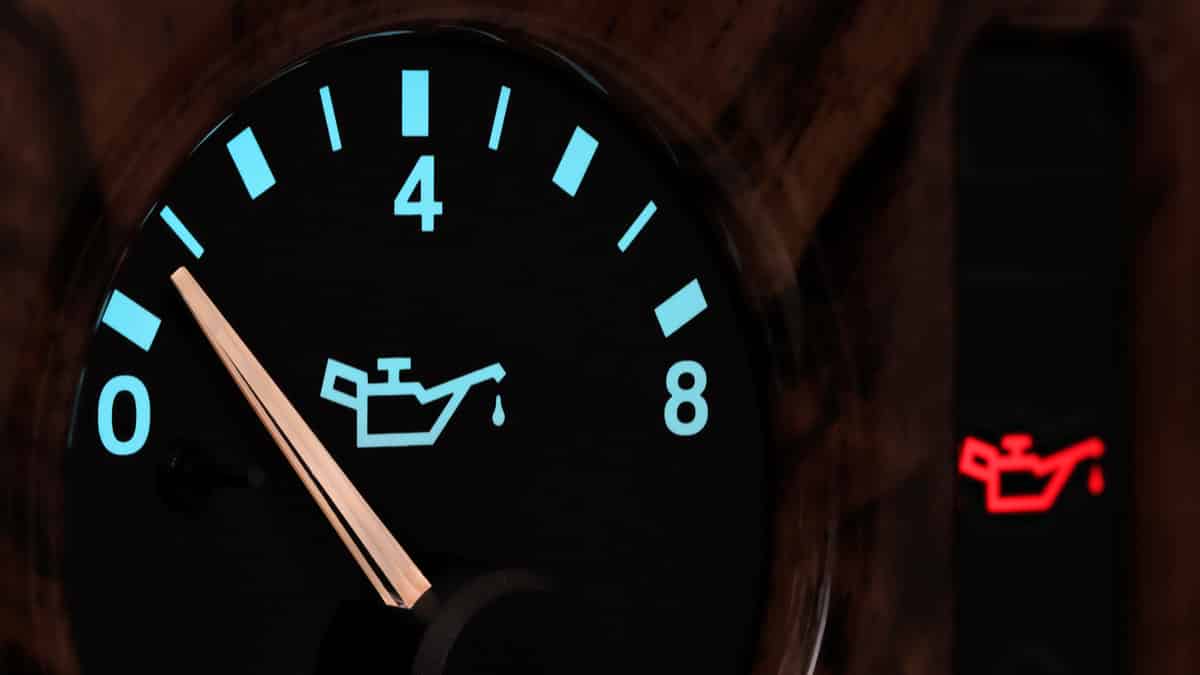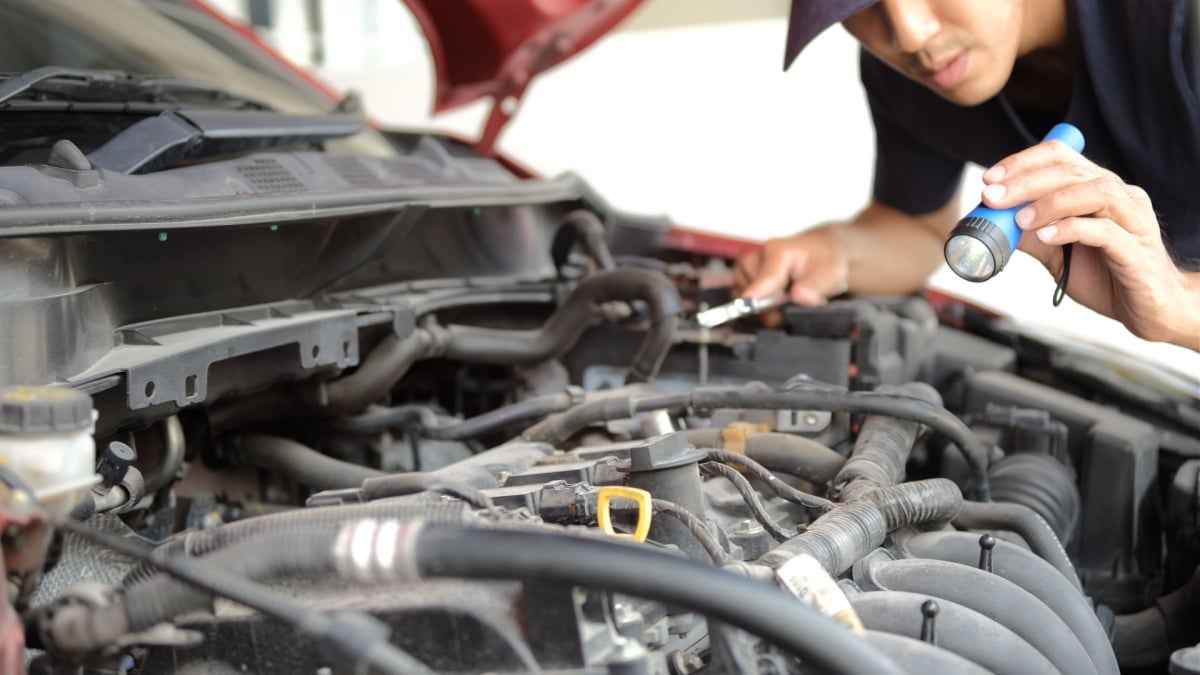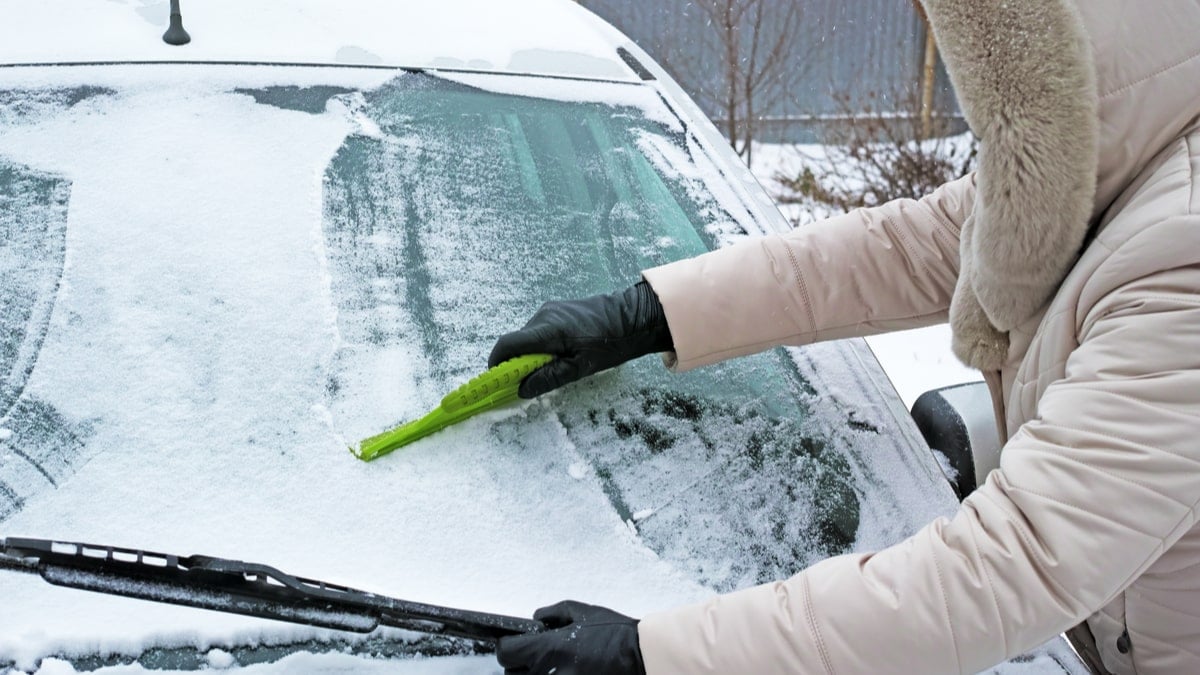Most people pay no attention to the car RPMs until there’s something wrong. It’s only when the car starts to run roughly that most drivers take a look at the RPMs. But what RPM should a car idle at, and how will you know if there’s a problem?
In this guide, I evaluate the RPMs in depth. I show you the symptoms of idle speed problems and give you some ideas of what might fix it.
What RPM Should a Car Idle at?
Most car engines should idle between 600 and 1,000 RPMs, but you want to look in the owner’s manual or car specifications to see what’s normal for your particular car. Every car has a different RPM range that’s considered normal.
If you feel the idle RPM is rough or jumps, there could be an issue. Too low and too high of an idle could also indicate a problem.
What are the Car RPMs?
The acronym RPM stands for Revolutions Per Minute. This number reflects how quickly the crankshaft is spinning.
Most cars have a gauge showing the RPMs, known as the tachometer. In general, it will be found next to the speedometer. When the vehicle accelerates, it’s normal to see this gauge go up. Alternatively, it will drop as you decelerate the car.
The tachometer is labeled with single-digit numbers. It usually starts at 1 and goes up from there. If the gauge reads 3, this indicates that the RPMs are 3,000. All numbers are multiplied by 1,000 to get the revolutions per minute rating.
Symptoms of Idle Speed Issues
1. Doesn’t Match OEM Standards
Every automaker sets its own RPM range. For this reason, what’s normal for one vehicle could be abnormal for another. That’s why I recommend checking the manufacturer specifications if you want to determine whether a problem exists.
You can find this information in the car’s service manual. If the RPMs start reading higher or lower when the automaker deems is a normal range, you should have the vehicle looked at.
2. Surging RPMs
In some vehicles, you may not have a tachometer to judge the RPM range. In this case, you’ll have to pay attention to how the engine sounds and functions.
Listen to the engine on a regular basis to get a feel for what’s normal. If it sounds like the engine is running higher or faster than normal, it’s best to have it looked at.
RELATED: RPM Fluctuation While Driving – Causes & How to Fix
3. Jumpy Acceleration
The car acceleration seems to jump when it shouldn’t. If you are moving the gearshift to Drive and the car wants to take off like it’s in a race, there could be a problem.
On the same level, if you find yourself braking more to keep the car harnessed at lower speeds, you should have it looked at. You car shouldn’t be in a hurry to get anywhere while it is idling.
4. Stalling Engine
While a lot of these symptoms deal with RPMs that are too high, there’s also the possibility that they could go too low. In this case, the engine is going to struggle to run normally.
You might notice it start to sputter or shudder. In the worst cases, the engine will stall because it isn’t keeping up the right amount of engine speed.
Causes of Incorrect Idle Speed
1. Failing Idle Air Control Valve (ICV)
If your car has an idle air control valve, this part must work to maintain the RPMs. If carbon builds up on the valve, it could cause this part to fail, leading to a rough idle.
Additionally, a blown fuse can create a problem with the power this valve receives. If there’s no power sent to the ICV, the valve could get stuck open or closed.
RELATED: 4 Signs of a Bad Idle Air Control Valve (& Replacement Cost)
2. Fouled Spark Plugs
Spark plugs are needed to ignite the air-fuel mixture in the combustion chamber. Over time, these plugs can become fouled or contaminated.
That’s why it’s important to replace the spark plugs at regular intervals. Otherwise, the RPMs of the engine could be off, usually leading to a stalling issue.
3. Dirty Air Filter
The same is true about the engine air filter. As part of your regular maintenance, you want to change the air filter often.
If the air filter gets clogged, the engine won’t be able to receive the proper amount of air to mix with the fuel. Therefore, the engine RPMs will be erratic.
4. Vacuum Leak
If there’s a vacuum leak, you might notice higher idle engine speeds. The oxygen sensor will detect the lean condition and cause the Check Engine Light to come on.
In response, the car’s computer is going to compensate for the problem. That’s what will cause the jump in RPMs.
RELATED: How to find a Vacuum Leak & How to Fix It (8 Easy Steps)
5. Faulty Throttle Position Sensor
The throttle position sensor is a major component of engine speed. It must run at precise specifications to keep everything as it should.
If this sensor is dirty or malfunctions, you are going to see a change in the RPMs. The problem could result in lower or higher RPMs.
RELATED: 5 Signs of a Bad Throttle Position Sensor (Replacement Cost)
6. Malfunctioning Computer
There’s a computer monitoring all of the sensors and keeping everything in balance. If the computer starts to malfunction, the sensors, valves and switches can act like they have a mind of their own.
While it’s not normal for the engine computer to fail, it can happen. There’s also the chance that it needs to be reprogrammed or updated, which can be done at the dealership.
Is it normal for a car to idle at 500 rpm?
It is not abnormal for a car to idle at 500 rpm, but it is something that you should keep an eye on. Different car models have different idle RPMs, and in some models, 500 RPM is within range. However, if your car is idling rough or if the engine speed fluctuates greatly, then there may be an issue that needs to be addressed.
How do I adjust my idle RPM?
On older car models that used throttle cables, you could adjust the idle speed by turning the adjustment screw on the throttle body or carburetor. However, modern cars have electric throttle bodies, which could only be adjusted with a diagnostic computer. If the RPM is too high or too low on a modern engine, you should fix the issue rather than adjusting the idle speed.
What idle RPM is too high?
Most car engines should be able to idle below 1000 RPM without issues. If it needs to be higher than 1,000 in order to keep the engine running smoothly, then there might be a problem with the engine
Can high idle cause damage?
While high idle will most likely not damage your engine immediately, it can cause damage over a long period of time. High idle will also cause a higher fuel consumption, and it is a strong sign that there is a problem with your car engine.
Categories: Driving
